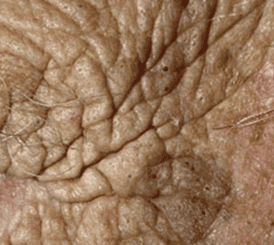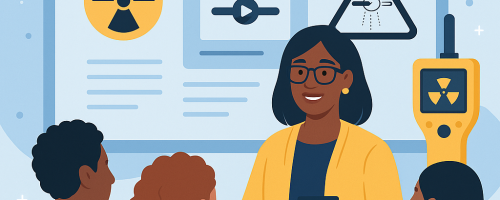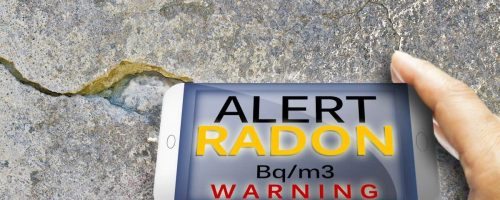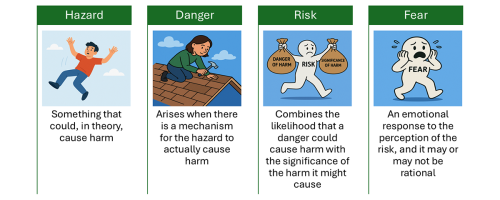Guest author: Dr. Anastasia Shamsuyarova MD, MSc, FRCPC (Derm), FAAD, Assistant Professor at Northern Ontario School of Medicine, Eternal Springtime Dermatology
Spending time outdoors is wonderful for your mind and body — but not protecting your skin from the sun can have serious long-term consequences. As a dermatologist, I’ve seen firsthand how sun damage accumulates over time and how simple habits can make a big difference. Let’s walk through the basics of sun safety.
☀️ What Are UV Rays?
Ultraviolet (UV) rays are invisible rays that come from the sun (and also tanning beds). There are two main types that affect your skin:
- UVA rays: Penetrate deeply into the skin, causing premature aging (wrinkles, sunspots).
- UVB rays: Affect the surface of the skin and are the main cause of sunburn.
Both types contribute to skin cancer and aging, they can damage your skin even on cloudy days or through windows.
⚠️ What Are the Consequences of Unprotected Sun Exposure?
Chronic unprotected sun exposure can lead to:
- Sunburns
- Wrinkles and premature aging
- Hyperpigmentation (dark spots)
- Dry, leathery skin
- Eye damage
- And most importantly, a higher risk of skin cancer
Sun damage is cumulative — it builds over years and can’t always be reversed.

🧬 What Is Skin Cancer?
Skin cancer is the most common type of cancer in Canada and worldwide. The three main types are:
- Basal cell carcinoma (BCC): The most common and least dangerous, but still destructive.
- Squamous cell carcinoma (SCC): Can spread if untreated.
- Melanoma: The most dangerous form — it can be life-threatening if not caught early.



Early detection and prevention are key, and UV exposure is the number one preventable risk factor.
![shutterstock_2172315257 [Converted] ABCDE of Melanoma: asymmetry, border, colour, diameter, evolving](https://radiationsafety.ca/wp-content/uploads/2025/06/shutterstock_2172315257-Converted-scaled.png)
🛡️What Is Sun Safety?
Sun safety means practicing daily habits that protect your skin from UV radiation. Key strategies include:
- Wearing broad-spectrum sunscreen (SPF 30 or higher)
- Reapplying every 2 hours, or more often if swimming/sweating
- Wearing hats, sunglasses, and UPF-rated clothing
- Avoiding sun exposure between 10 a.m. and 4 p.m.
- Seeking shade when outdoors
Sun safety isn’t just for summer — it matters year-round.

🧴 How to Choose the Right Sunscreen
Here’s what to look for when buying sunscreen:
✔️ Broad-spectrum: Protects against both UVA and UVB rays
✔️ SPF 30 or higher: SPF 50 is ideal for fair skin or high UV index days
✔️ Water-resistant: Especially if you’re swimming or exercising
✔️ Formulation: Choose what you’ll actually use — lotion, spray, gel, or stick
✔️ Mineral (zinc/titanium) vs. chemical: Both are safe; mineral is better for sensitive skin, coral reefs safe
Don’t forget to apply it generously and cover often-missed areas like ears, scalp, lips, and the backs of hands. Re-apply every 2 hours if outside

UVA + UVB Protection Recognized by the Canadian Dermatology Association.
👩⚕️ Final Thoughts from Your Dermatologist
Sun protection is the best investment you can make for your skin’s health — and it starts with simple daily habits. Whether you’re hiking, gardening, skiing, or walking to work, make sun safety part of your routine.
Your skin remembers every sunburn. Protect it now, and it will thank you later.







